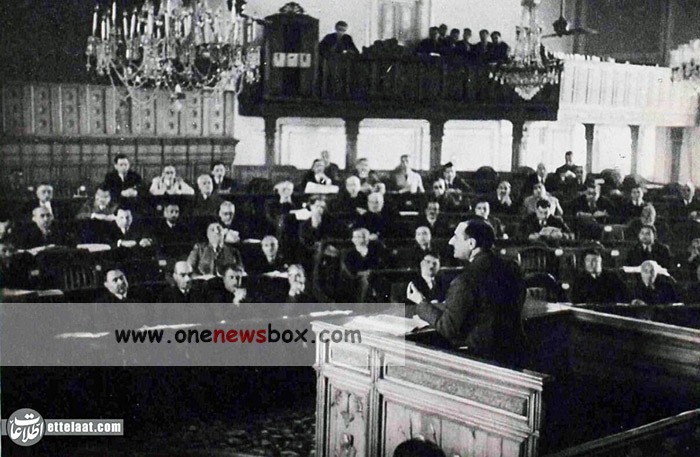In parallel, the idea of building a new parliament complex resurfaced. The original plan dated to 1973, with a circular design, but was never completed. In 1997, a new triangular pyramidal structure was designed by the Sardar Ali Afkhami Group, with Abdolreza Zakai as project manager. The 45-meter-high pyramid structure symbolized the three branches of government and was intended to harmonize visually and functionally with the existing northern and southern buildings.
The Legacy of the Tenth Term and Baharestan
The tenth term of the National Consultative Assembly, while overshadowed by the authoritarianism of Reza Shah, was a key moment in the institutional history of the Iranian legislature. It marked the continuation of the parliamentary tradition under new political realities and reflected Iran’s ongoing struggle to balance representation, centralization, and modernization.
The Baharestan building itself stands as a physical testament to this history. Over more than a century, it has seen revolutions, coups, royal decrees, fires, wars, and rebirths. Its layered architecture—combining Qajar-era elegance, Pahlavi monumentalism, and post-revolutionary adaptation—mirrors the evolving identity of the Iranian state.
As the Islamic Consultative Assembly continues to meet in its modern compound, the old house of the Majles remains an enduring symbol of the parliamentary spirit that began in 1906—a spirit forged in the crucible of revolution, sustained through monarchy and republic, and continuously reshaped by the political winds of the Iranian nation

